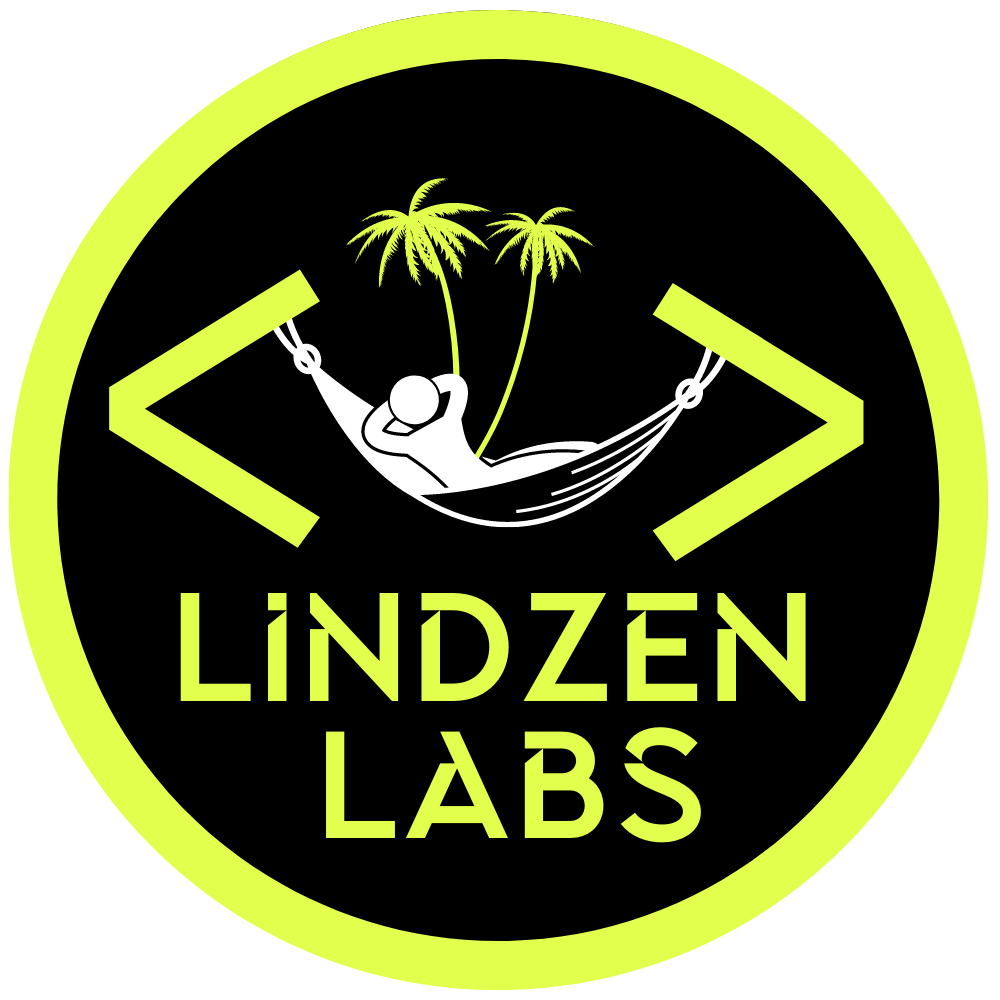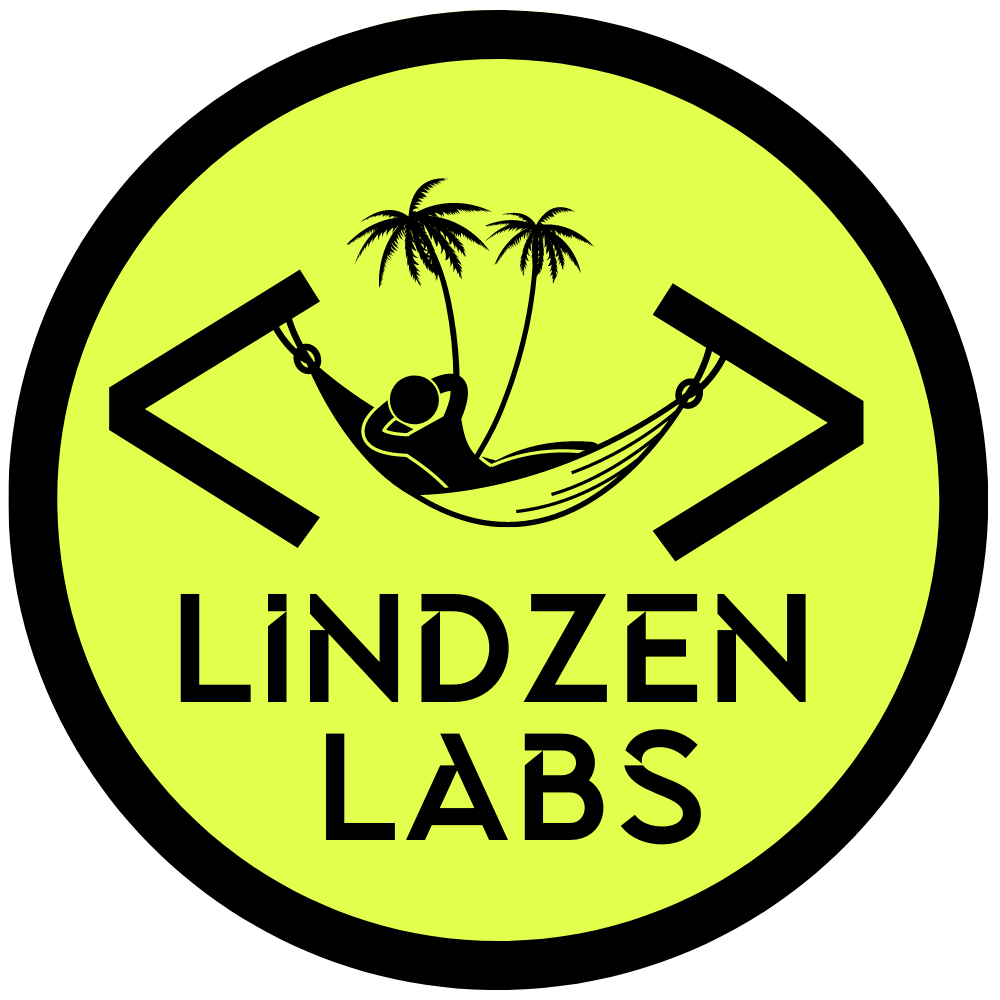Introduction
Alright, as promised, we’re back with our Business Blueprint Series on how to build a high-traffic blog. I’m going to start with beginning a WordPress Blog.
It’s actually the more complicated of the two that I’ll be showing, but it is also the most commonly used. And once you get some basic know-how under your belt, it’s really my favorite platform in terms of what you can do. The sky’s the limit!
Why A WordPress Blog?
So just a few quick things to know, in case you’ve never heard of WordPress. WordPress is a content management system, or CMS for short, that needs a domain name and hosting account in order to show up on the world wide web. I’ll show you how to get those things in just a sec.
According to one recent survey, WordPress’ market share (the amount of the internet built using it) is 40% of ALL websites. Yes, you read that right. And that’s exactly why we’re starting with WordPress for our blog-building adventure.
And just to give you a little more confidence in WordPress, check out the 40+ Most Notable Brands Using WordPress.
Alright, well now that we’re confident that WordPress is a great CMS for our high-traffic blog experiment, let’s get down to the real how-to stuff.
Before We Start: Domain And Hosting
As I just mentioned, we’ll need a domain name and hosting account before we can get to the WordPress stuff.
I love GoDaddy for this. They have pretty good support, in case you have trouble setting things up, you can call or instant message an agent for help.
One quick note here, during the checkout process, you’ll be asked if you want domain protection. Yes! Just get the most basic package offered. It will cost a little more, but it keeps your name off of the WHOIS database. That’s a database of who owns each domain, or piece of property on the internet. Anyone can access this information, but if you have domain privacy protection, your personal information won’t show up.
For hosting, domain name, SSL certificate, and domain privacy protection, it should cost you less than $120 for an entire year. First-time customers can usually get a bit of a price break, so sometimes you’ll be lucky and it will be less than a hundred dollars.
If you need more in-depth help with this, feel free to book a one-on-one consulting call with me HERE or HERE and I’ll be happy to walk you through the process on a zoom call where you can share your screen.
Basic WordPress Blog Setup and First Plugins
Alright, moving on, we have the basics set up. Now we need a fresh installation of WordPress. Whether you chose to have managed WordPress hosting or just regular hosting, you should be able to “start a new site” with a fresh installation of WordPress fairly easily. It might take a few minutes for everything to get set up. This is totally normal.
Here’s what you’ll be seeing once you’ve started:
So from this little admin area, we want to go to plugins. Then we will click “Add New.” We should see a screen like this:
So we will eventually want some security plugins and some plugins to add a bit more functionality to the site, but for now, we will just start with one plugin. It’s my favorite. It’s called Elementor.
So we hit install and then activate and it will take us to sign up for an account. You’ll want to go through that and upgrade to pro for $49/ year. This will give us access to all the pro features and theme kits, so it’s well worth the cost to make this whole process so much easier for us.
Once you’ve done all that and activated the Elementor Pro plugin as well, we’re good to go for plugins for the moment.
Getting Started With Elementor For WordPress
Now the new way of setup for the Elementor plugin means that you can set up an account, activate the “Hello Elementor” theme, name the site, and upload your logo all really quickly here. But if you happen to click “Skip” and want to do those things later, you have those options anytime through your WordPress dashboard.
Now we want to grab a pro theme kit from the Elementor library.
You can pick anyone that you like the look and feel of. It doesn’t matter what it’s “supposed” to be used for. And we can really easily change the colors and fonts (the way the letters look) as well. So I’ll just grab one meant for a blog so we can be quick.
Here you can see I’ve chosen the “Travel Blog” one. And now we want to “View Demo” and then “Apply Kit.”
And this could take a few minutes to apply all the settings in the kit, but we’ll just be patient and grab a snack while that loads up really quickly.
WordPress Blog Pages
Okay, now that we are fueled up and the kit is loaded up, we’ll go to our “Pages” section of our WordPress dashboard and get started.
And you’ll see next to each page name that there is a “— Elementor” which just means that these pages have been designed in Elementor and they can also now be edited that way. So we will go into “Home” and click “Edit with Elementor.”
Designing the Homepage of Your WordPress Blog
That should bring us to a screen that looks like this:
So before you get really overwhelmed… Don’t worry about all the little boxes on the left for the moment. We just want to handle a couple of basic things really quickly. And we can explore all of the features later because we don’t want to waste time.
A Note About Global Settings
So those 3 little lines in the top left-hand corner are what we want to click next. And then we will click “Site Settings” and then we want to get to “Global Colors.”
Awesome, now from here you can see what has already been set by the theme. Focus on the first four and change those to what you want, keeping in mind that wherever that original color setting is now on the page, it will change to the new color you set.
A Note About Colors
If you have a brand guide or style guide with your color codes, you’ll want to keep it handy for this part. If you don’t have a style guide and you’re starting from scratch, just play around with the colors until you find one you like or you can google image search “hex code color palettes” plus whatever vibe you’re going for like beach, travel, foodie, wedding, or whatever you want. A Pinterest search for the same thing will also yield some pretty great results.
Just remember to write down whatever colors you choose, so that you can refer back to them later without having to navigate back to the site settings. I like to keep a post-it on my computer for whatever site I’m currently working on. Low-tech, but it works!
Now, once we’ve edited those four main ones, you can continue on editing any other custom element’s colors, which will be just below those. It may not be perfect right off the bat, but you can edit any element’s color individually later.
Global Fonts and Font-Pairing
So then we want to move on to editing the global fonts for your WordPress blog. Again, if you have a style guide that lists your fonts, go ahead and use that. But I’ll assume you guys don’t have custom fonts for now and you can just pick from the list. Again, be sure to write it down!
Elementor has mostly Google fonts by default. So you can search through Google fonts in a separate tab and see examples and things.
I’m going to use “Dancing Script” to replace anything with “Poppins,” and then I’m replacing anything that says “Prata” or “Roboto” with “Tomorrow.” I’ve chosen something that looks like handwriting here for my heading font to give a bit of a personal vibe like a travel journal or handwritten letters home, but you can choose whatever you like, depending on what you’re going for.
Again, if you’re not a designer and just want something that looks great, Google is really your best friend here. Just search “Best google font pairings” plus whatever vibe you’re going for, and that should point you in the right direction.
Finishing Up Your Design
And now we go through the rest of the WordPress blog and check the colors and fonts. Since it’s a new site, we only have a couple of other pages to go through. If you have a pop-out menu like this theme kit does, or you’re ready to edit the header and footer, you’ll go to “Templates” then “Saved Templates” and then “Published” to find the correctly named template that you want to edit.
And if you make a mistake or mess something up, just hit the little undo button (counterclockwise arrow) at the bottom of the sidebar there. Nothing is saved until you click “Update” and anything you’ve recently done can be undone until you exit the editor.
Don’t Forget To Change Out Your Pics!
The next thing you’ll do once you have edited the look and feel of each page is just to go back in and change out the pictures and the words for your own. If you don’t have a lot of pictures and words right away, you can also just delete those sections and start with a minimalist blog.
Alright so now, we’ve gone from the original theme kit to this:
And we are finally ready to start posting! Yay!
What If I Don’t Like WordPress?
If you are going to start your blog on Shopify, I’ll show you how to do that next. And then, we can jump into planning content for your blog. See you next time!

